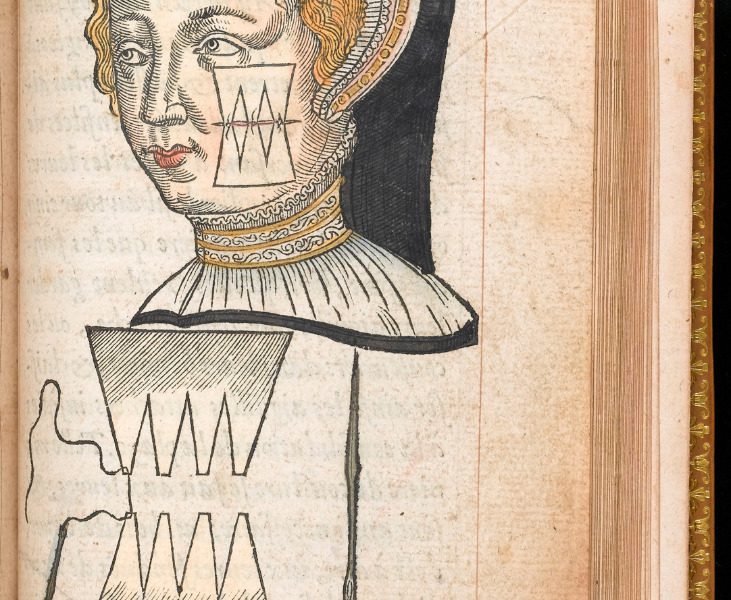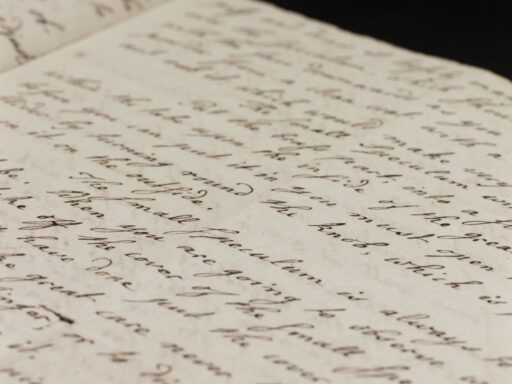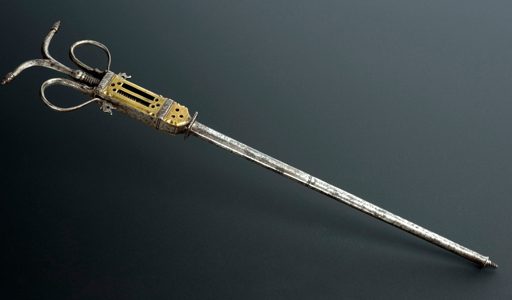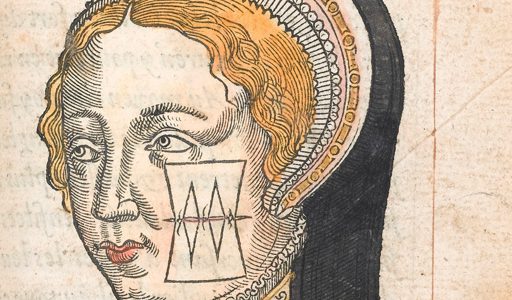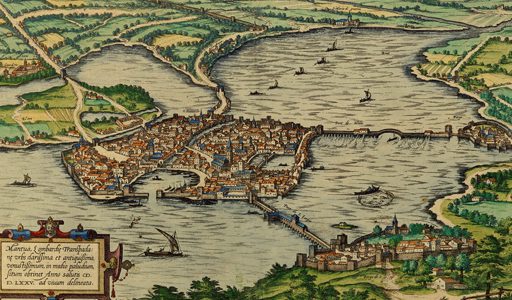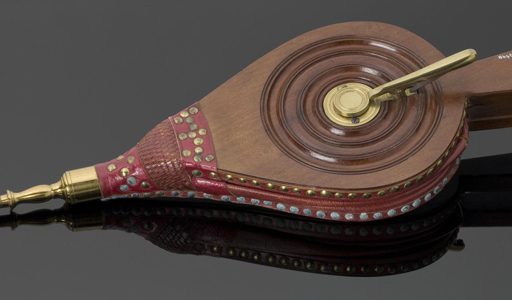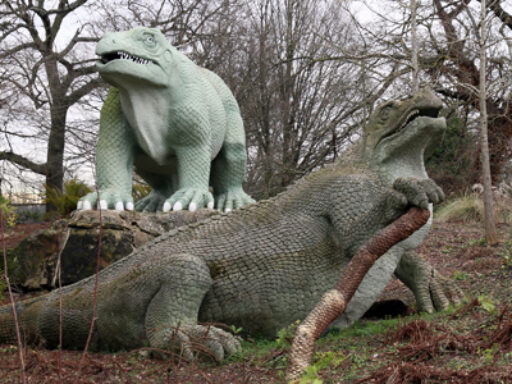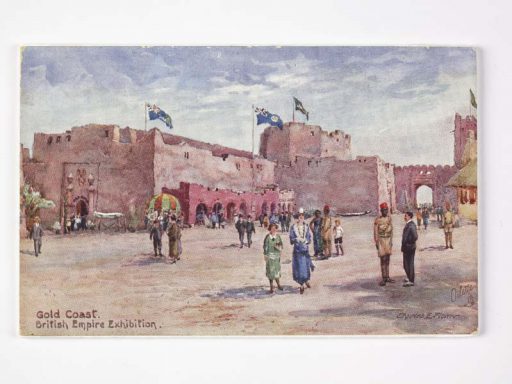In this Spring 2019 issue of the Journal, we present an eclectic mix of articles: from a discussion of the Crystal Palace dinosaur models as heritage artefacts to an assessment of a game designed to teach the history of medicine to nurses, and a study of the conservation of an eighteenth-century clock. You’ll also find a mini-collection of papers on the theme of wounds, in which you can enjoy some fairly gruesome descriptions of early modern facial surgery, a discussion of Ambroise Paré’s innovative treatment of gunshot wounds, and a study of the role of processions in healing societies fractured by plague. We’re very proud to include the winning entry from last year’s writing prize, Jules Skotnes-Brown’s From the White Man’s Grave to the White Man’s home?. The judges were impressed by the way the author cleverly compares visitor accounts and curatorial intentions for the 1924/25 British Empire Exhibition, challenging our understanding of how the exhibition was actually experienced by audiences. Two further articles present research on the Science Museum Group’s own collection – Annie Thwaite’s study of ten significant amulets, and Julie Ackroyd’s search for the provenance of a beautiful seventeenth-century medical chest – and we conclude with an obituary of the influential and much-loved academic, Jeff Hughes. We hope you enjoy reading Issue 11.
Editorial
Wounded: ‘They had no fever…’ Ambroise Paré (1510–1590) and his method of gunshot wounds management
Wounded: ‘A small Scar will be much discerned’: treating facial wounds in early modern Britain
Wounded: Healing communal wounds: processions and plague in sixteenth-century Mantua
Mind-Boggling Medical History: creating a medical history game for nurses
A discourse with deep time: the extinct animals of Crystal Palace Park as heritage artefacts
From the White Man’s Grave to the White Man’s Home? Experiencing ‘Tropical Africa’ at the 1924–25 British Empire Exhibition
A history of amulets in ten objects
The provenance and context of the Giustiniani Medicine Chest
A royal gift? Mrs Strangways Horner’s small silver clock, 1740
In memoriam: Jeff Hughes, 1965–2018

